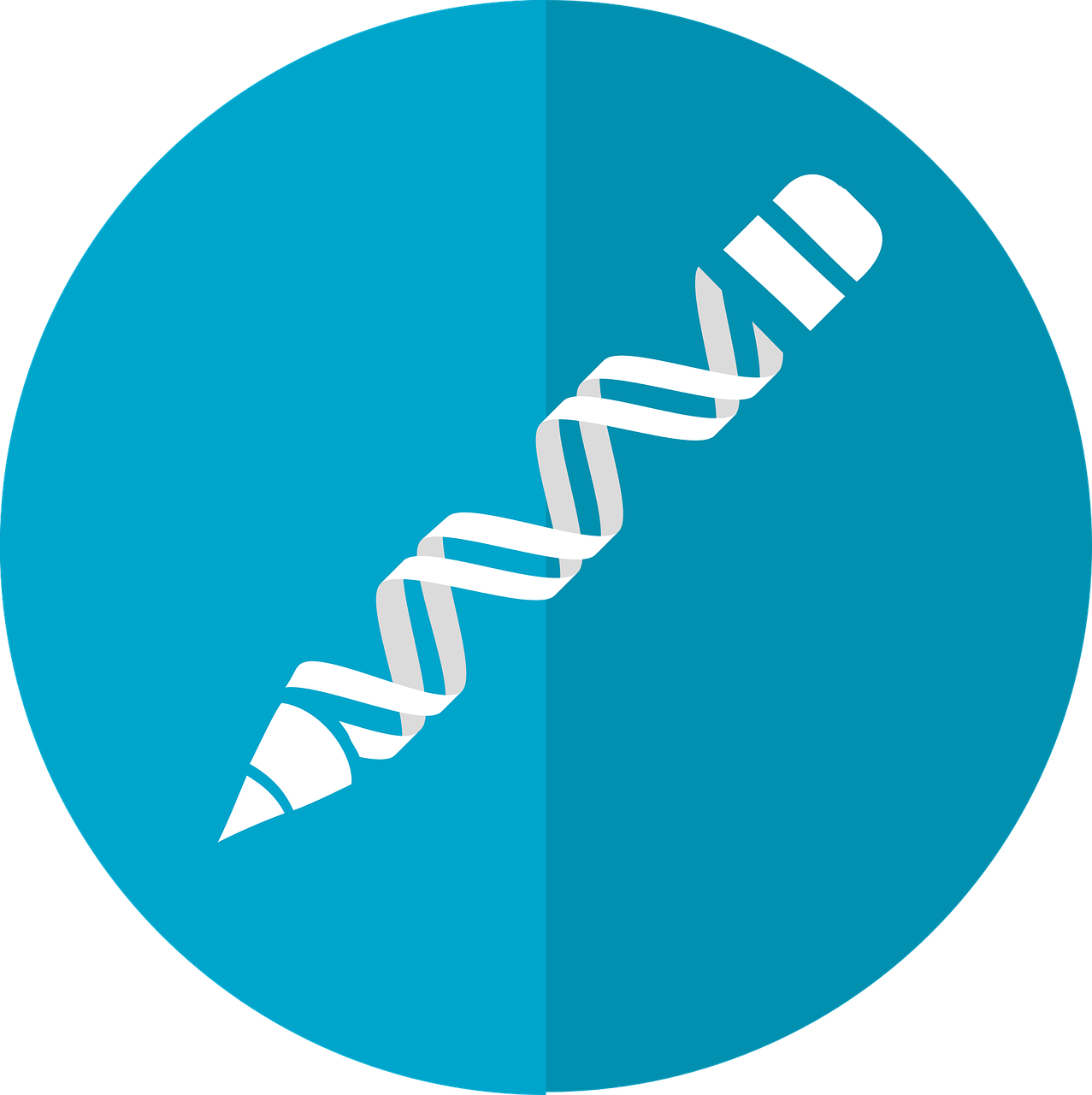Recent developments in gene editing technologies have caused the dialogue surrounding the prospect of ‘designer babies’ to reach a new pitch. Research recently published in Protein and Cell might be bringing us one exhilarating – or terrifying – step closer to making that prospect a reality. The group behind the paper, based at Sun Yat-sen University in China, came to the fore in 2015 when they used CRISPR to edit a human embryo for the first time, albeit with limited success. Both this early attempt and a more recent one target the HBB gene. This gene codes for beta-globin (a subunit of haemoglobin) and, when mutated, it results in a disease known as Beta thalassemia, which causes a range of symptoms including fatigue and growth retardation. Thousands of babies are born with this condition each year and, in its most extreme form, life expectancy is less than 5 years.
Original experiments sought to ‘cut out’ the offending gene using CRISPR/Cas9 and then insert a functional version of the gene in a two-step process. However, this new technique takes a far more focussed approach, using an adapted CRISPR/Cas9 system that targets and corrects the single nucleotide base mutation itself. This ‘base editor’ system, described by its developer Prof David Liu as a form of ‘chemical surgery’, has the potential to be more efficient and to have fewer unwanted side-effects than ordinary CRISPR.
While the results published suggest that the prevalence of off-target effects is low, the risk of unwanted mutations arising is still a meaningful one and significantly more testing will be required before the technique can be considered ‘safe’. This is particularly important for genetic manipulation in embryos as any mistakes are then in the germ-line and could have consequences for future generations.
As well as the scientific hurdles that must be overcome, there are also ethical and cultural barriers that seem even more insurmountable. 29 countries still have an outright legal ban on gene editing in embryos and many more have restrictions that are so tight that research is practically impossible. Despite this, there have been recent advances in China and the USA, suggesting editing of embryos is certainly not off the cards. It will likely be some time before this research reaches the clinic but, in the meantime, discussions with people from all backgrounds are essential in deciding how these emerging technologies will be used by society.





